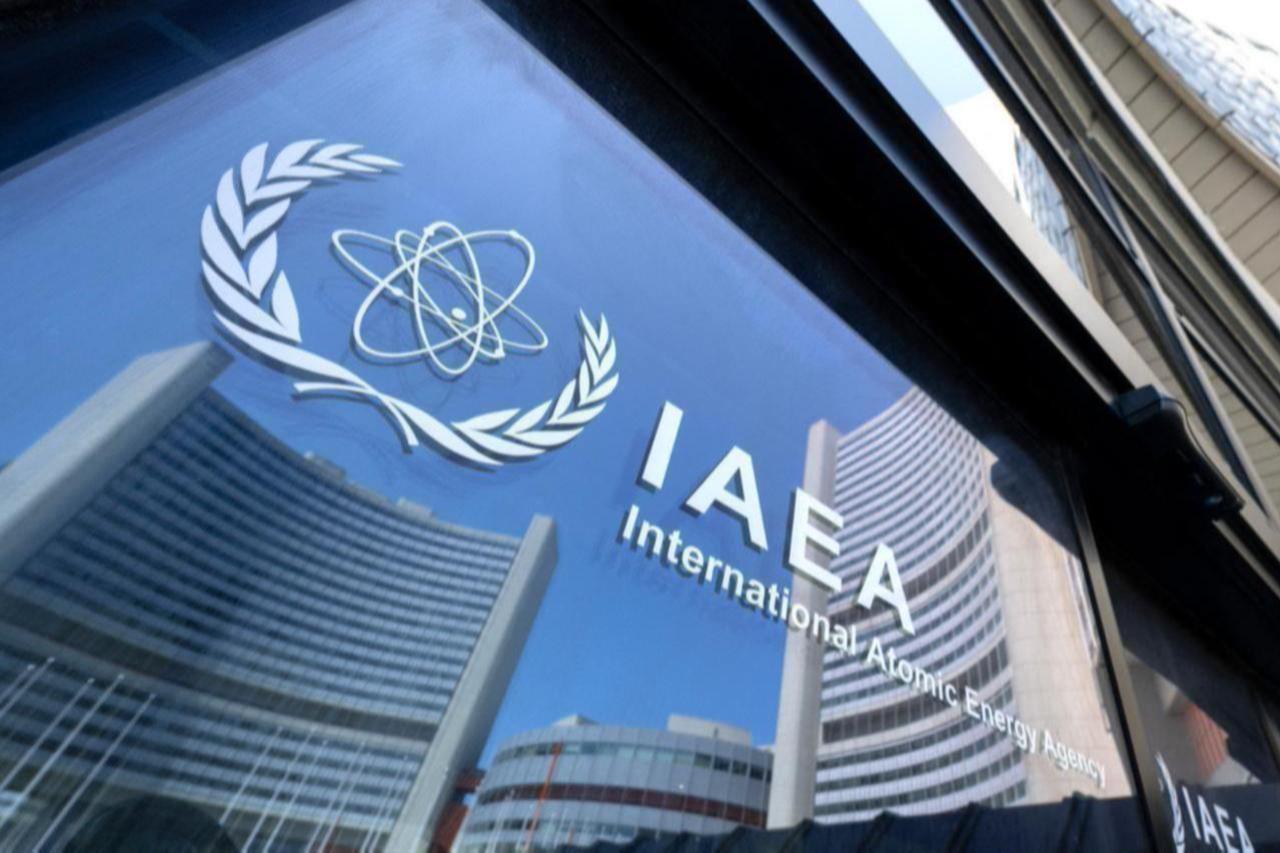
As an academic working on nuclear nonproliferation for more than 20 years and following the Iranian nuclear issue since it broke out, I witnessed diplomatic efforts that resulted in the Joint Comprehensive Plan of Action (JCPOA), and observed the hardships involved in negotiations. The initial steps to convince Iran to implement the Additional Protocol to the Comprehensive Safeguards Agreement (CSA) signed with the International Atomic Energy (IAEA) came from the EU-3, namely, Germany, France and the United Kingdom in 2004.
A few years later, China, Russia and the United States joined to form “EU3+3”, which is the official name given to the group of nations in the negotiations with Iran. However, international media chose to define it as “P5+1,” referring to the permanent five members of the U.N. Security Council, plus Germany. Even this discourse suggested that the weight of “great powers” and particularly the United States would determine the outcome. As a matter of fact, the Tehran nuclear deal of 2010, signed between Brazil, Iran and Türkiye, recorded the second significant step toward breaking the impasse, but was left obsolete in a few weeks with the imposition of U.N. sanctions on Iran.
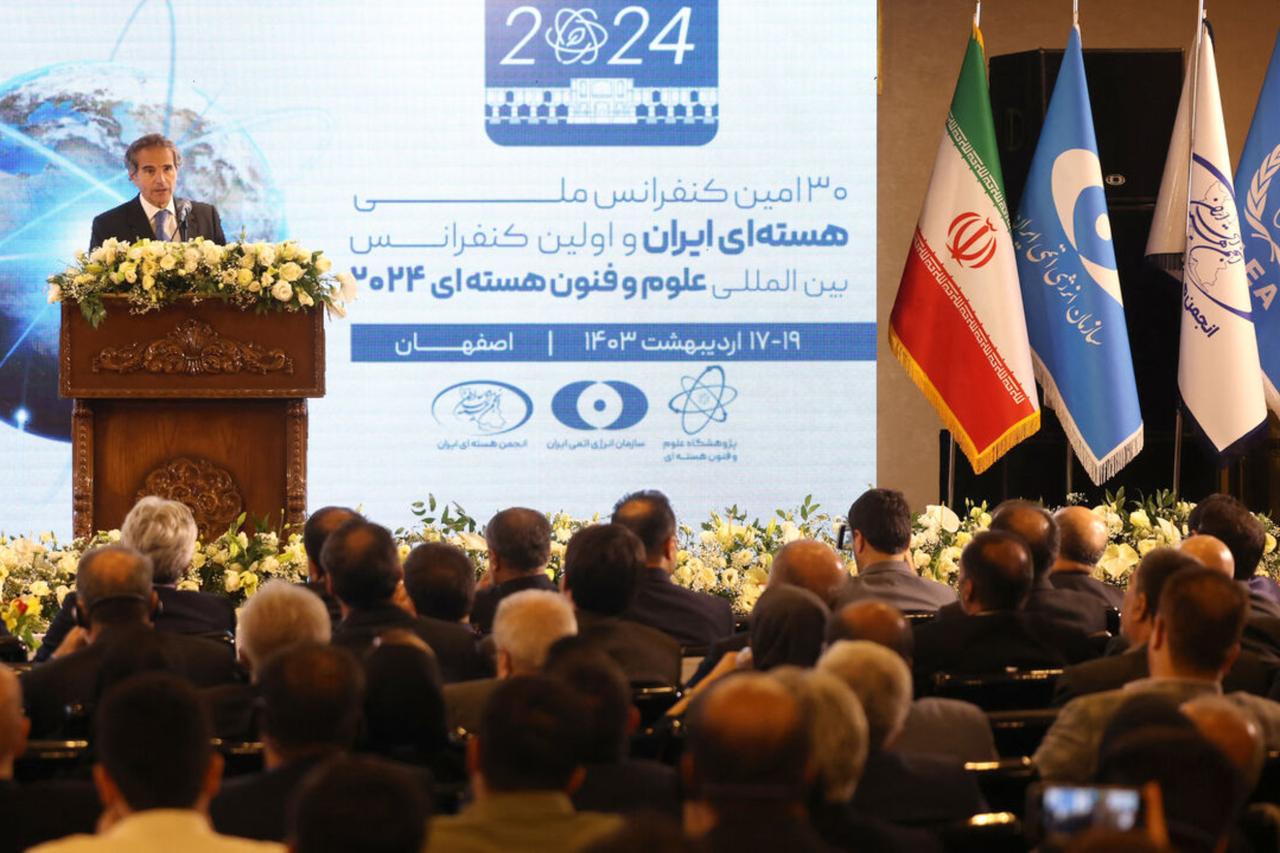
The turning point was the change in both U.S. and Iranian administrations that produced a more cooperative team of negotiators, who tackled the issue at its technical basis toward the resolution or “containment” of the political problem of nuclear proliferation. The bone of contention in the negotiations was Tehran’s reluctance to stop its uranium enrichment activities, which is a legal right of non-nuclear-weapon states parties to the Treaty on the Non-Proliferation of Nuclear Weapons (NPT). However, such a right is conditional upon the acceptance of IAEA safeguards to verify the compliance of a NNWS, that the state has not diverted or misused nuclear facilities or material to make nuclear weapons.
Based on the experience of Iraq under Saddam Hussein, which had a clandestine nuclear weapons program despite being a party to the NPT and having signed a CSA with the IAEA, the international community introduced the Additional Protocol for enhanced safeguards inspections. Thereby, the Additional Protocol aims at ensuring that all nuclear activities of the state is transparent. The enhanced verification inspections achieve this through state declaration and allowance of IAEA access to all parts of the nuclear fuel cycle and “… other locations where nuclear material intended for non-nuclear uses is present,” collection of samples from nature and short-notice IAEA inspections, to name a few.
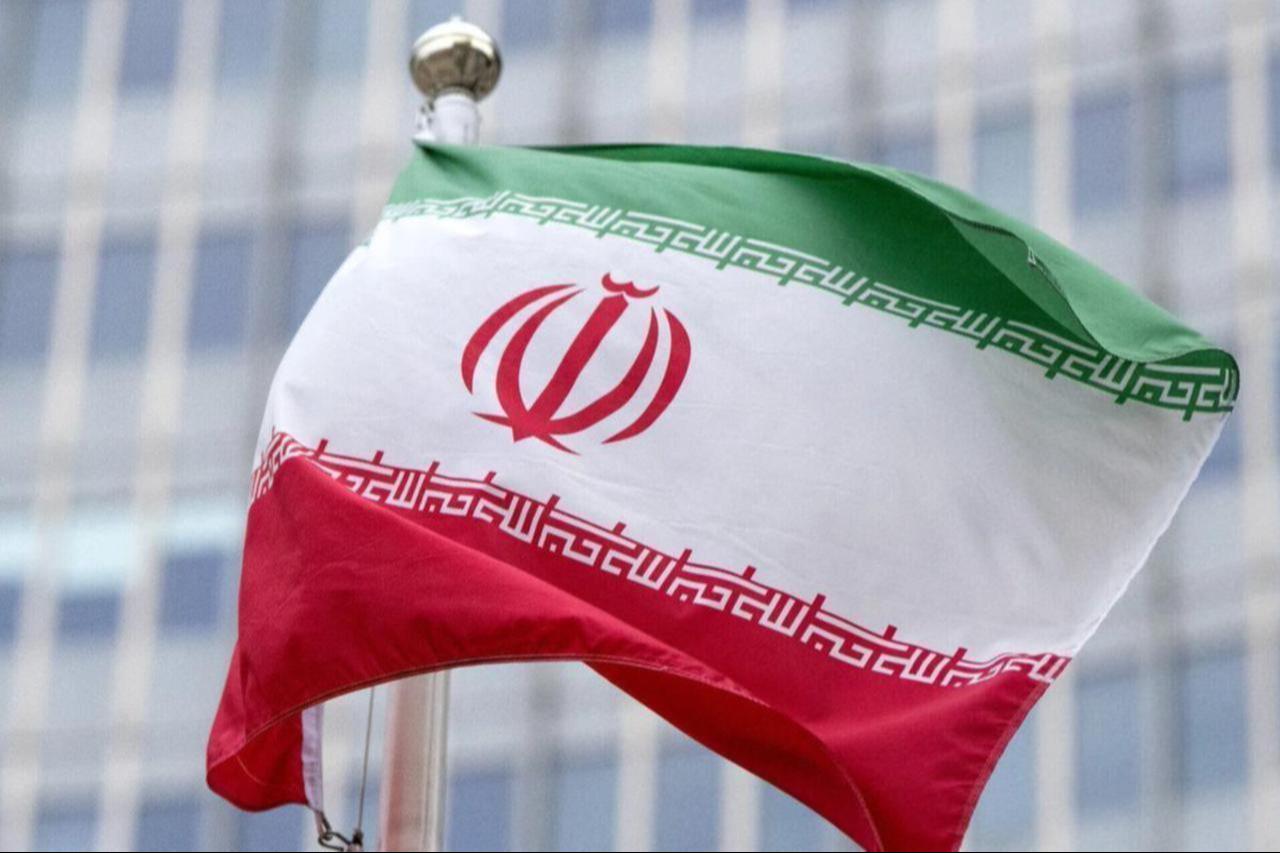
Uranium enrichment is a technology that is a “sensitive” one: The fissile Uranium-235 isotope (that goes into fission, resulting in a chain reaction that produces an enormous amount of energy) is enriched from 0.72% of its natural level to 3%-5% to be used in a light-water nuclear reactor, a type that is commonly used. Most research reactors use 20% enriched uranium and above 90% is weapon-level. There is no meaningful application of enriched uranium between these levels, which is why enrichment of uranium above 20% rings alarm bells for proliferation. What worsens the picture is that enriching uranium above 90% is easier than that from its natural level to make power reactor fuel. Natural uranium is used in heavy water reactors, whose spent (used) fuel contains a more favorable quality of fissile Plutonium-239 isotope, another material to make an atomic bomb.
The initial cause of concern was Iran’s failure to declare sensitive nuclear facilities (a uranium enrichment plant in Natanz and a heavy-water power plant in Arak). Subsequently, Iran also built another enrichment facility in Fordow that is underground to avoid satellite surveillance and attacks. As a matter of fact, in the 12-Day War with Israel, the main target was Fordow, and Tel Aviv tried hard to convince Washington to use bunker bombs.

The trigger was Iran’s uranium enrichment reaching about 60%, underscoring the value the JCPOA could have retained had the U.S. not withdrawn from it in 2018. The agreement had limited enrichment to 3.67% and stipulated the implementation of the Additional Protocol. Israel, at that time, was critical of the deal because it excluded Iran’s ballistic missiles. Tel Aviv has viewed—and continues to view—the Iranian nuclear threat as a combined “capability,” encompassing both a nuclear warhead and the ballistic missiles to deliver it.
However, for the negotiators, denial of nuclear proliferation would have solved most of the problem, lifted sanctions, integrated Iran as a"normal” country into the international system and socialized it through trade, thereby reducing the motivation to use force or increase its military power. The balance of “sanctions versus nuclear program” would transform as Iran would change from being an isolated and “punished” state seeking self-sufficiency in military power to one that is “integrated” into the international economic system, particularly by its energy sales, and an “asset” in the absence of sanctions. However, this would have posed a challenge to the “balance of power” that Israel considers acceptable.
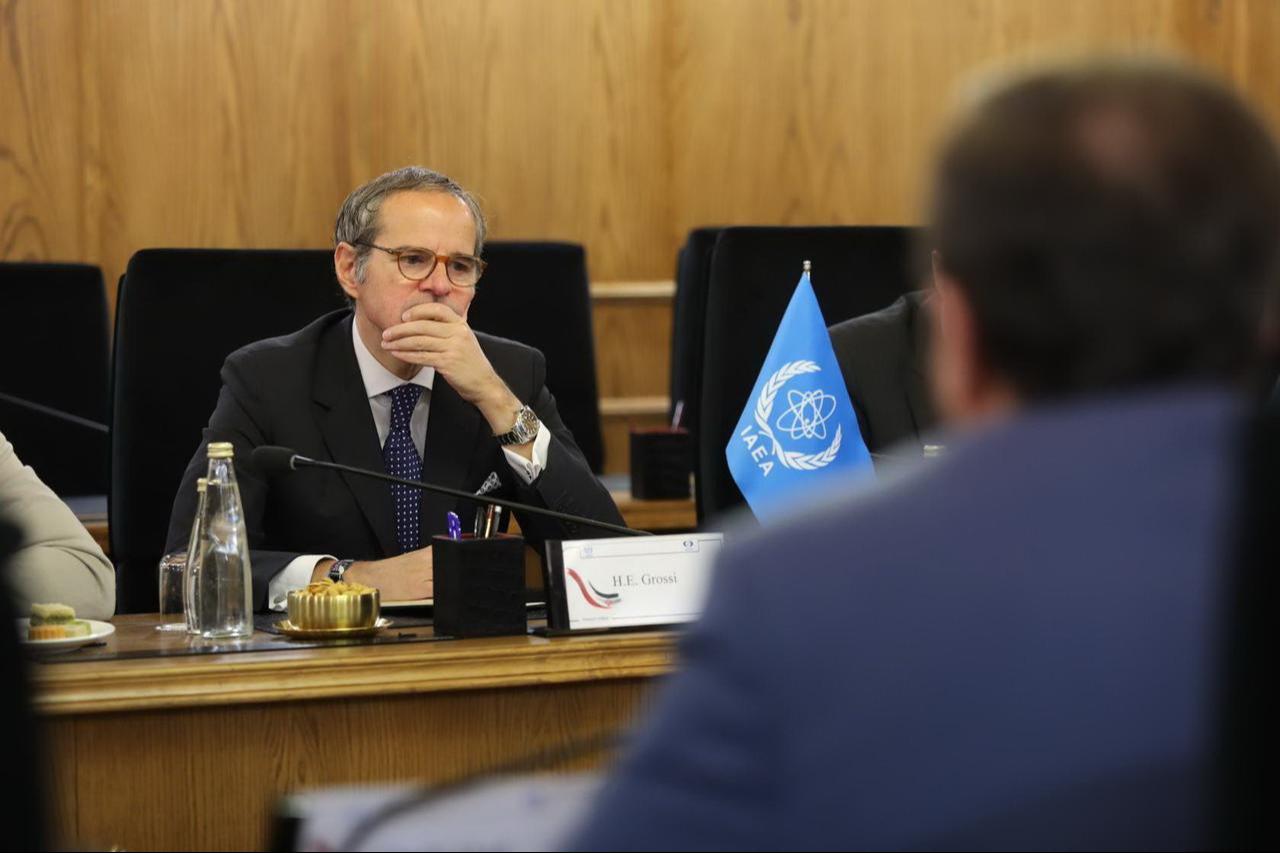
Uranium enrichment and nuclear program in general had another symbolic meaning for Iran in addition to its technical advantage to make its own fuel for nuclear power reactors. It is a symbol of national accomplishment that underlined its regional great power status. Enhanced inspections under Additional Protocol were interpreted as a “new agreement reached without Iran’s consent and imposed on Tehran”, and triggered both a political and a psychological reaction. Giving access to all nuclear-related sites would result in a security deficit and make the country vulnerable. The JCPOA had evened out this deficit by avoiding the possibility of sanctions, acknowledging Iran’s right to enrich uranium within peaceful limits, and integrating Iran into the international economic system.
In January 2016, upon the verification of the IAEA for the implementation of nuclear-related measures, most EU and U.N. sanctions were lifted. Under the JCPOA, eight years after its adoption—known as the “transition day”—or upon an IAEA report confirming that all of Iran’s nuclear activities are peaceful, the EU was to lift proliferation-related sanctions. However, citing Iran’s non-compliance, the EU has maintained those sanctions.
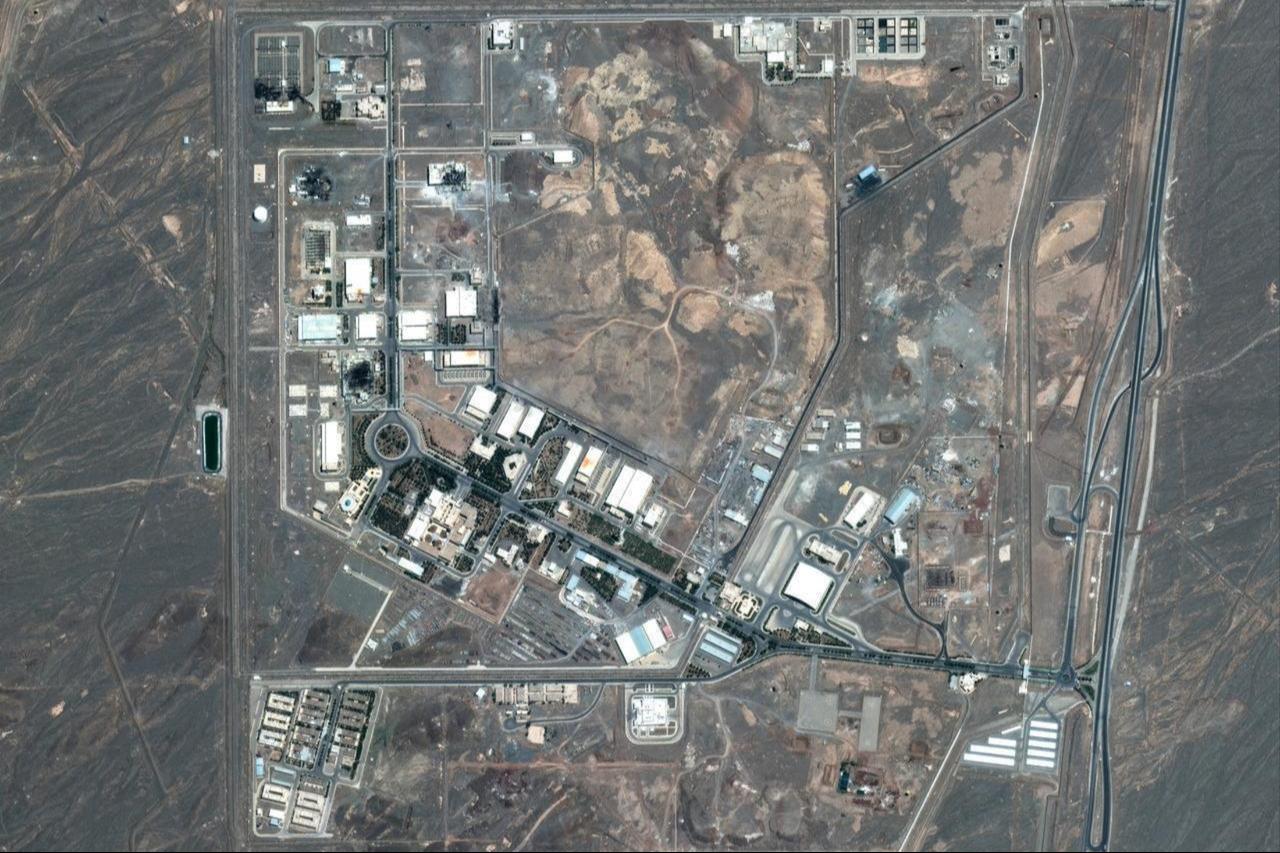
Ten years after the adoption of the resolution on Oct. 18, it was foreseen that all U.N. and EU sanctions would be terminated. During the 12-Day War, Iran’s parliament passed a bill refusing to cooperate with the IAEA that triggered snapback sanctions by Germany, France and the U.K. And on Sept. 28, the U.N. Security Council reimposed all the sanctions that had been lifted in 2016.
Following the Iranian foreign minister’s remarks that closed doors to negotiations with the European parties to the JCPOA, the official statement of the Iranian Foreign Ministry of Oct. 18 stated that the provisions of the JCPOA are now considered terminated. Nuclear negotiations were an important but underestimated instrument. They had proven that NPT norms were strong and that diplomacy could serve as a foundation for confidence-building measures.
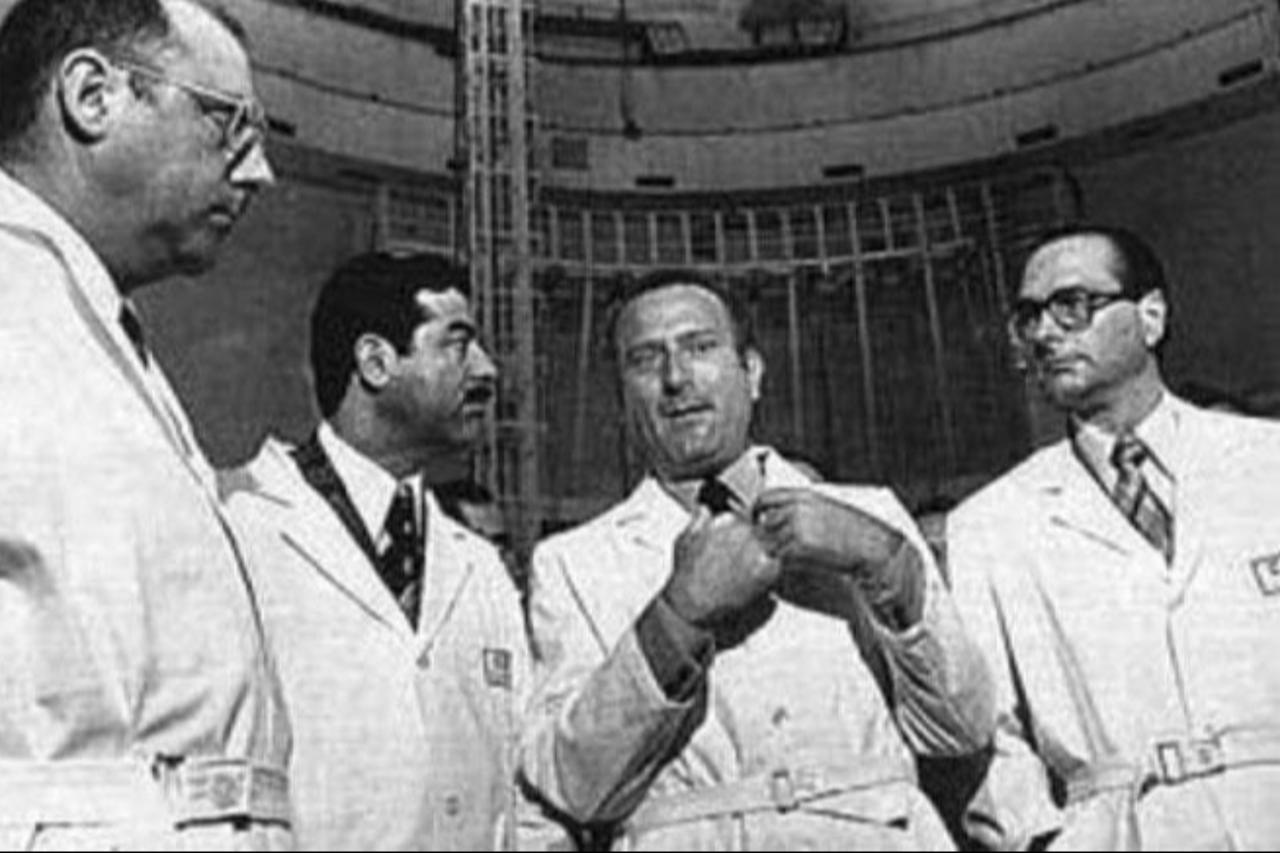
The United States and Iran, the main parties to the conflict, have expressed willingness for diplomatic talks, but a JCPOA 2.0 appears unlikely, as the dispute now extends beyond the nuclear program to include Iran’s ballistic missiles. Also, all the parties became aware of their strengths and weaknesses during the war.
Israel understood that the U.S. assistance had a limit, and the war came to an end not because Iran could hit some targets, but because it had the advantage of its geography that controls energy transportation routes—a weapon not “built” but given naturally. For Iran, the possibility of “going nuclear” (taking the proliferation decision) served better as a bargaining chip with the West, and it is likely to remain as such rather than the actual acquisition of nuclear weapons. Based on U.S. President Donald Trump’s transactional foreign policy course and focus on economic relations, one could expect a deal with Iran based on trade; however, Israel’s security concerns are likely to impede such efforts and keep the focus at the military-strategic level.